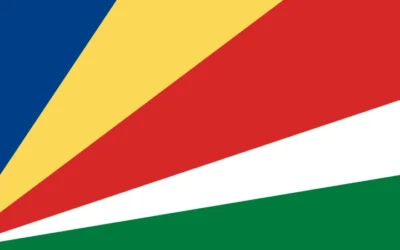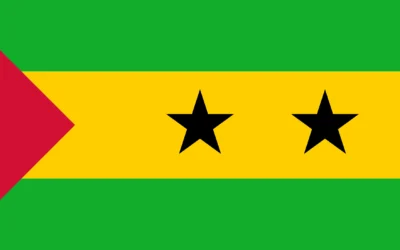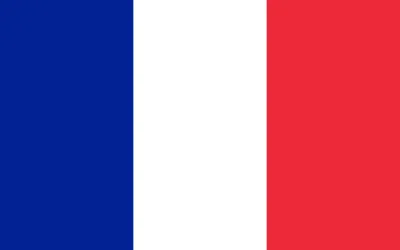Guinea Travel Guide
Discover Why You Should Visit Guinea
Why Visit Guinea?
Guinea is a West African country rich in natural beauty, musical heritage, and cultural diversity. It is home to dramatic landscapes including waterfalls, highlands, and pristine forests, making it an appealing destination for eco-tourists and cultural explorers.
Less traveled compared to its neighbors, Guinea offers an authentic experience for visitors seeking off-the-beaten-path adventures and deep cultural immersion.
Ideal for: Adventure travelers, music and dance enthusiasts, hikers, and cultural explorers.
Must-Know Facts
Capital/Major City: Conakry
Language(s): French (official), Fulani, Susu, Malinke, and other local languages
Currency: Guinean Franc (GNF)
Best Time to Visit: November to April (dry season)
Fun Fact: Guinea is considered the birthplace of djembe drumming, which plays a central role in West African music traditions.
Top Things to Do
Explore the Fouta Djallon Highlands for waterfalls, mountains, and traditional villages
Visit Conakry’s National Museum and lively street markets
Attend a traditional drumming or dance performance
Trek to the Chutes de la Sala (Sala Falls) and other natural wonders
Take a boat trip to the Îles de Los, a peaceful island escape off the coast
Local Culture & Lifestyle
Guinea is a multiethnic society with strong traditions in oral storytelling, music, and communal living. The Fulani, Malinke, and Susu are among the major ethnic groups.
Islam is the predominant religion, influencing clothing, customs, and daily life. Traditional festivals and ceremonies remain vital in rural areas.
Guineans are known for their hospitality and pride in cultural expression, particularly through music and dance.
Food & Drink Highlights
Street Food: Grilled fish, rice with peanut sauce, fried plantains, spicy brochettes
Restaurants: Le Damier and Petit Bateau (Conakry), regional diners in Labé and Kindia
Drinks: Ginger juice, bissap (hibiscus tea), palm wine
Desserts: Coconut rice pudding, sweet beignets, tropical fruits like mango and papaya
Main Dish & Culinary Symbols
Signature Dish: Riz gras (oily rice with vegetables and meat)
Common Ingredients: Rice, cassava, peanuts, chili peppers, tomatoes, fish, goat, and leafy greens
Culinary Culture: Meals are often shared and eaten communally, reflecting hospitality and family unity
Symbols & Icons of the Area
Natural Icons: Fouta Djallon Highlands, Mount Nimba, Niger River
Cultural Icons: Djembe drum, colorful woven fabrics, traditional masks, Fulani jewelry
Hidden Gems & Off-the-Beaten-Path
Mount Loura (Dame de Mali) with panoramic views of the highlands
The Badiar National Park near the Senegal border for birdwatching and nature walks
Trek from Dalaba to Labé through scenic trails and waterfalls
Shopping & Souvenirs
What to Buy: Handmade drums, woven baskets, beaded jewelry, leather goods, local paintings
Where to Shop: Conakry’s craft market, street stalls in Labé, village artisan workshops
Getting Around
Public Transport: Shared taxis and minibuses are common but can be crowded
Car Rentals: Available in major cities, though road conditions may require 4×4 vehicles
Tip: Local guides are highly recommended for rural and trekking areas
Walkability: Good in towns and scenic areas, especially in Fouta Djallon
Travel Tips
French is essential for communication, though local languages dominate in rural regions
Travel with local guides for cultural and safety insight, especially in remote areas
Carry cash as credit card access is limited
Dress modestly and respect Islamic customs, especially during prayer times and festivals
Where to Stay
Budget: Local guesthouses in Labé, Mamou, and Conakry
Mid-range: Hotel Riviera Royal (Conakry), Le Petit Bateau
Luxury: Options are limited, but some upscale hotels exist in the capital
Unique: Village homestays and eco-lodges in the highlands for authentic local experiences
Sample 4-Day Itinerary
Day 1: Arrive in Conakry, visit the National Museum and central market
Day 2: Take a ferry to Îles de Los for a day of beach relaxation and local seafood
Day 3: Travel to Fouta Djallon, hike to the Chutes de la Sala and explore Dalaba
Day 4: Visit Labé, enjoy a traditional drumming show, and return to Conakry or extend your highland trek






0 Comments